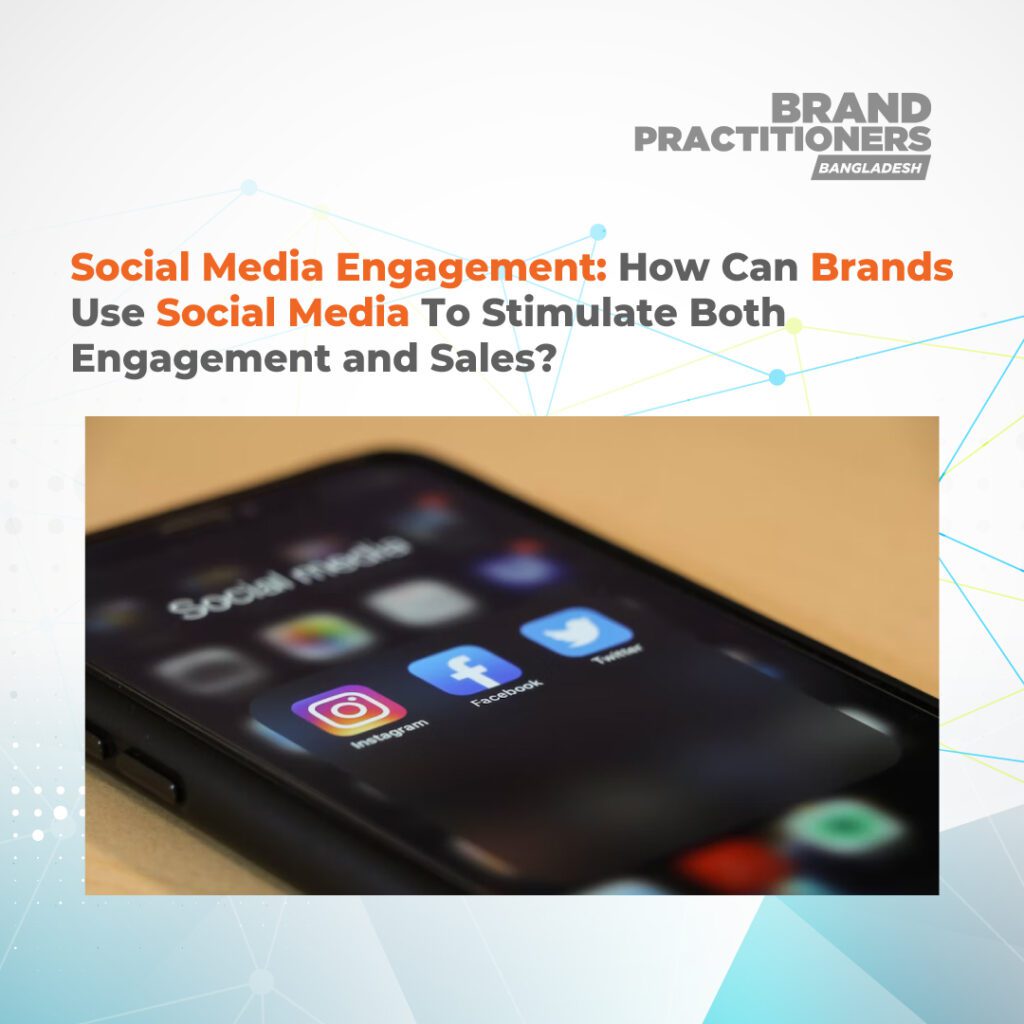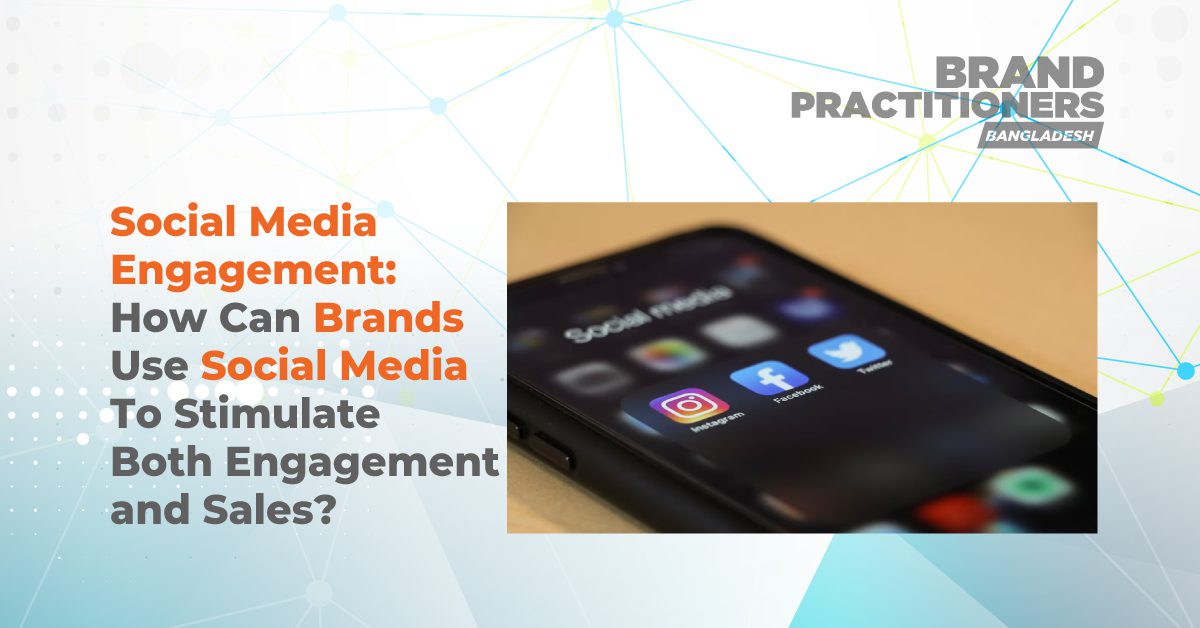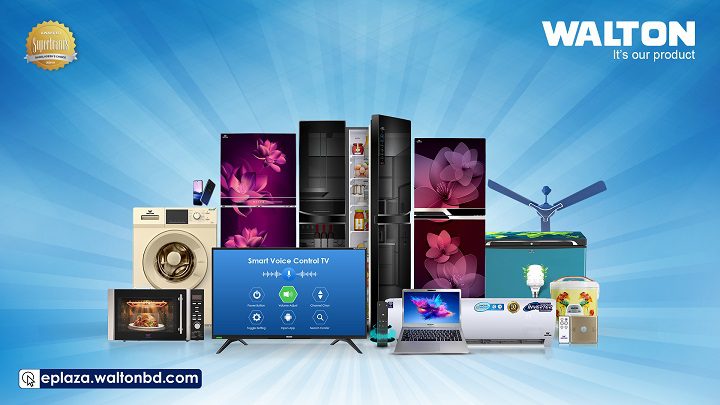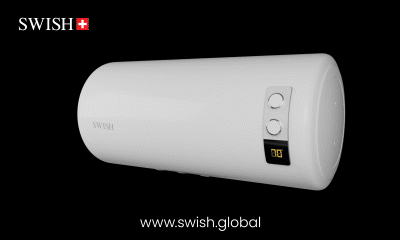Brands have long understood the need of building a strong social media presence, as there are more than three billion social media users worldwide. According to recent studies, over 91% of businesses plan to boost their social media marketing expenses over the next three years, and 62% of consumers think that companies can only prosper in the long run if they have a strong social media presence.

“Owned social media” refers to the content that businesses produce and distribute through their social media accounts. While brands are spending more money on owned social media, many are unclear of the total return on their social media presence and wonder how to create social media campaigns that are more successful at each stage of the sales process. In other words, businesses enquire about the following:
- How effective are owned social media and do they only drive engagement, or also sales?
- Can the content that generates social media engagement also be used to improve sales?
- Is a firm’s owned social media equally effective across settings? Is it more effective for hedonic brands than for functional brands?
In a new Journal of Marketing study, we examine the impact of owned social media on social media engagement and sales. Our findings are based on a meta-analysis of 1,641 elasticities across 86 studies spanning from 2011 to 2021 that covers 31 industries, 14 platforms, and 17 countries. Contrary to managerial beliefs that owned social media are primarily an engagement tool, we observe a stronger impact of owned social media on sales. There may be many consumers who “like” individual posts or take the time to leave a comment or share the post from their personal accounts, but – given our results show an average elasticity of .137 for social media engagement and .353 for sales – brands may be underestimating the impact of their owned social media by focusing on such easy-to-measure metrics.
To create engagement via social content, companies are often advised to include a question at the end of their posts or create a contest. However, our study shows that the most effective content to stimulate social media engagement is to focus on emotions (e.g., funny or touching posts). On the other hand, if the goal is to stimulate sales, social media content should focus on communicating information and product benefits and steer away from the emotional.
Our article provides the following guidelines for Chief Marketing Officers and social media managers:
- Balance “what you say” and “how you say it” depending on your goal: Focus on the “how” to engage consumers with more emotional content and on the “what” to stimulate sales with more informational content (e.g., the hedonic brand Oreo recently boosted its sales using an informational post on Facebook about a recipe featuring its limited-edition red velvet flavor).
- It is not necessary to always grow communities to reach as many consumers as possible. Owned social media are more effective for small brand communities with consumers valuing the intimacy of a small community with greater trust in the brand and its messages.
- Social networks like Facebook and Instagram are better suited for stimulating social media engagement than microblogs such as Twitter. This suggests that tie strength and trust are more important than open access and wide dissemination.
- The introduction of advertising on different platforms weakened the effect of owned social media on engagement. While advertising may amplify the reach and engagement of owned social media content, it can distract the audience and reduce its contribution.
- It may be suboptimal for brands to use one social media strategy across different geographies, so managers should adapt strategies to account for differences in country characteristics. The increasing use of social media on smartphones amplifies the impact of owned social media on sales, and managers can expect stronger sales effects in countries with a greater mobile phone penetration. For countries with high power distance, we find that owned social media exerts stronger effects on sales. High power distance is related to greater receptiveness of branded communications fulfilling materialistic and status needs.
More:
The Future Of Marketing: More Creative, Customer-Centric











